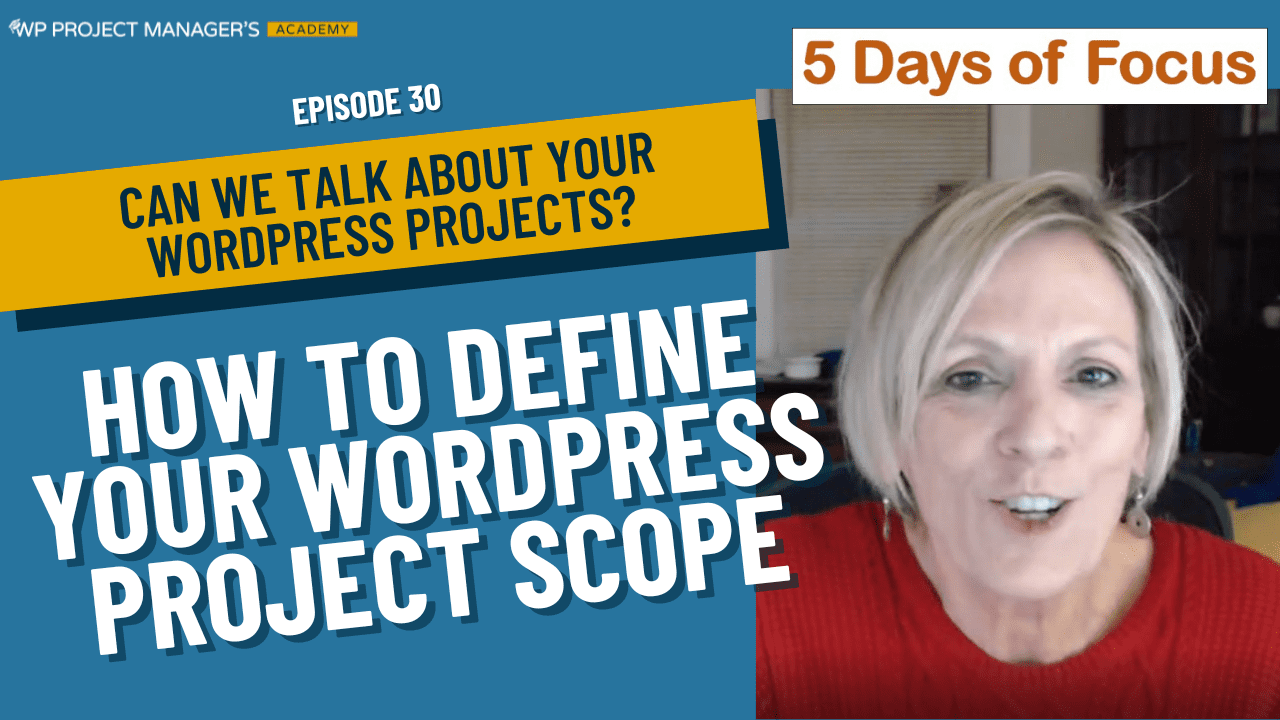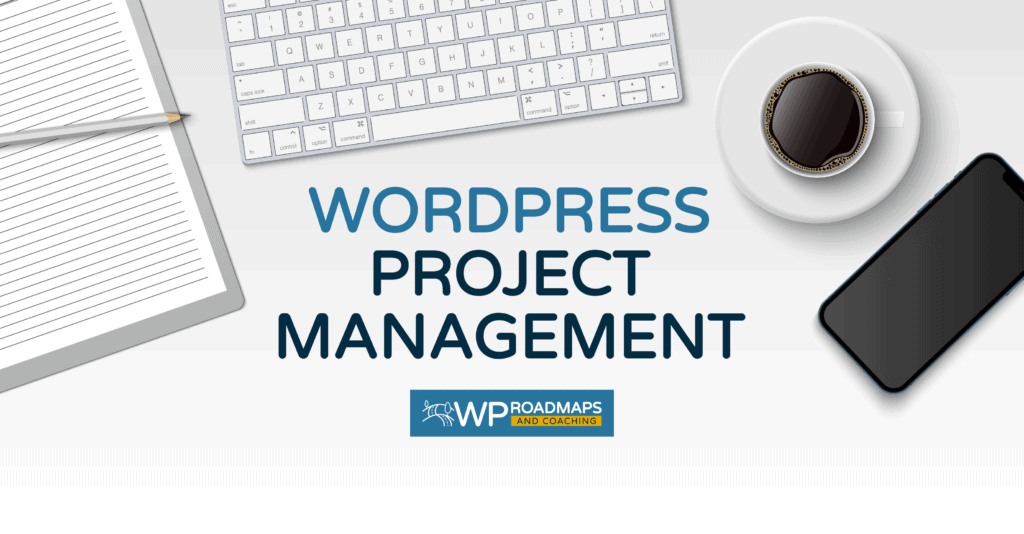Five Days of Focus – How to Define your WordPress Project Scope
This is Day 2 of our Five Days of Focus preparing for 2021 – highlighting Project Management essentials.
In our heart of hearts, everyone’s a little bit of a people-pleaser.
We love to see the people around our personal and professional lives happy—at least, I do.
But this can lead to a slippery slope when it comes to our agencies and clients. If you’ve ever found yourself in a situation where you’re overwhelmed and over-performing what you’ve initially hashed out in a contract, it’s time to draw a line in the sand.
Many people think of project scope as a kind of imaginary box that you’ve mentally defined, organizing the parameters of your project so that you 1) stay organized, 2) keep your clients happy, and 3) finish within the stated time frame. In truth, it’s so much more than that.
You’re likely an ambitious person, maybe a little bit of a perfectionist, even. So there is a big chance that your client is, too. What happens, though, when your wires get crossed, or when you find certain clients demanding time and tasks that they didn’t pay for?
If you don’t create a concrete, written structure for your project scope, what can start as hypothetical discomfort can easily turn into a real problem.
So, let’s get real.
Project scope, at the end of the day, comes down to what we will do and what our clients will do. Even more important, it’s the stuff that we will not do.
That’s where the scope statement comes in. It’s the first step to controlling scope creep. (And if you don’t know what scope creep is, ask someone who’s tried to plant decorative kudzu around their house and how it went. You’ll learn real quickly.)
The function of a scope statement is to lay out, in writing, what clients can expect from you. Your scope statement can, and should, be introduced as early as the proposal stage—that way, everyone knows what to expect from the get-go.
A scope statement is vital because…
- It makes uncomfortable conversations concrete.
- It leaves no room for assumptions.
- It creates a definitive beginning and end for the project.
Even more important than those factors is that a scope statement creates opportunities to sell add-on packages and services to existing clients. You can market your valuable time and services to the clients you have instead of spending all of your free time chasing new leads, or allowing yourself to be guilt-tripped into doing more for less.
Never forget that you are worth what you’re charging and should be compensated as such.
When setting up your scope statement and presenting it to your clients, don’t forget to:
1 – Leave room open for two-way communication.
If you’re using your scope statement to describe not only what you provide, but what your client provides too, there needs to be room and availability for dialogue. Not only will this go a long way in making sure that everyone understands their roles, but it allows the formation of mutual respect and compromise.
2 – Err on the side of overly-explicit.
Have you ever been trapped into doing something because you didn’t explicitly say you wouldn’t do it? Make sure that doesn’t happen again! No matter what language you feel that needs to be used to get your point and standards across—as long as it’s professional and respectful, it’s welcome.
3 – Make your acceptance criteria a priority.
Sorry if I sound like a broken record for preaching about acceptance criteria so often, but it’s because I care about you. You have to define the parameters of your project on the basis of what has been requested, and it must be presented to the client ASAP. This will save you hours of work, and tons of stress, at the hands of a well-intentioned but nitpicky client. It will also go a long way in cutting back on scope creep—if everyone knows what you will be handing in, there’s not much wiggle room for more!
Defining your project scope is essential for creating boundaries and developing projects efficiently, all while building solid communication with your client. Use your project scope—backed up your scope statement and acceptance criteria—to refresh your standards, validate your worth, and stand your ground. You’ll thank me later!
Are ALL your projects getting done on time and within budget? If not, we got you!
Join the WP Project Manager’s Academy – a FREE membership program where you can learn everything you need to know to consistently get your projects completed on time, within budget, with features that meet the client’s business requirements WITHOUT sacrificing profit.
You might also want to Join our Facebook Group where we have weekly live trainings on all things project and productivity management as well as a Friday chat session.
Note: This article may contain affiliate links which allows us to continue offering our free content to you. Please show some love and use them.



